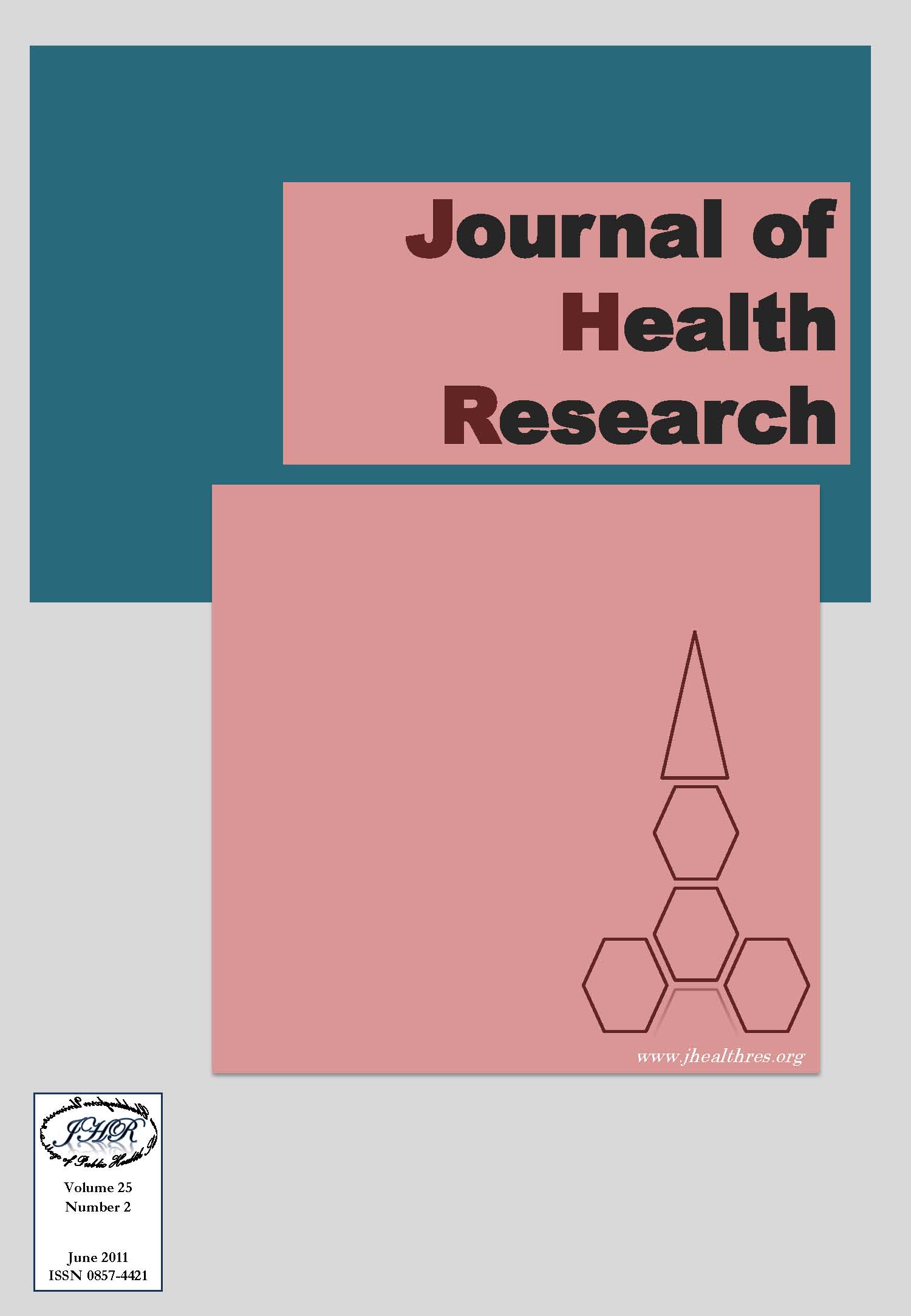Safety Evaluation of Thai Traditional Medicine Remedy: Ben-Cha-Lo-Ka-Wi-Chian
Keywords:
Ben-Cha-Lo-Ka-Wi-Chian remedy, Artemia salina lethality, DPPH, Ames test, Nitrite, 3D-HPLCAbstract
Ben-Cha-Lo-Ka-Wi-Chian remedy (BLW remedy) is a Thai traditional medicine that has long been used as an antipyretic drug by traditional practitioner and has been notified in the List of Medicine Products of the National List of Essential Drugs A.D. 2006. It is used as a mixed powders of the roots of Capparis micracantha DC., Clerodendrum petasites S. Moore, Harrisonia perforata (Blanco) Merr., Ficus racemosa L. and Tiliacora triandra (Colebr.) Diels, in equal part by weight. No scientific evidence of safety of this remedy and its component herbs still has been reported. This study aimed to assess the safety of the remedy and each species extracts of Ben-Cha-Lo-Ka-Wi-Chian ingredients. The experiments were investigated through cytotoxicity, free radical scavenging activity, mutagenicity and anti-mutagenicity using Artemia salina, DPPH and Salmonella typhimurium TA98 and TA100 as targets life forms respectively. The fingerprint profile of the BLW remedy was also carried out by 3D-HPLC. The results demonstrated that most of samples are non-toxic except for the ethanol extract of T. triandra (LC50 44 µg/ml). Most of samples also showed good scavenging activity particularly in the ethanol extract samples. Along with a non-direct mutagenic activity, however most of the extracts exhibited indirect mutagenic activity when combined with nitrosation. Nevertheless, the remedy extracts and the components herb extracts strongly inhibited mutagenicity when nitrite-treated 1-aminopyrene was used as a mutagen. Three-Dimensional HPLC showed clear twelve high major peaks in BLW remedy. The present study provided scientific evidences on biological activities of Thai traditional medicine: Ben-Cha-Lo-Ka-Wi-Chian remedy and its component herbs. Nevertheless, consumers should be advised on the adverse effects of using the remedy with nitrite containing foods.







